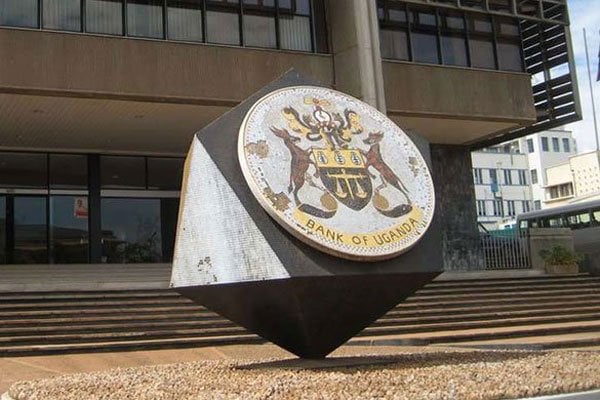Prime
Growing domestic debt raises interest repayment on loans

The Debt Sustainability Report indicates that an increase in the uptake of domestic debt, ,which is slightly more expensive than external is raising interest repayments. Photo / File
What you need to know:
- The report, which details performance and composition of Uganda’s debt, indicates that the stock of domestic debt increased by 18.2 percent, leading to an increase in interest payments on total public debt from 2.8 percent in June 2021 to 3 percent.
A surge in the stock of domestic debt caused an increase in interest repayment committed on Uganda’s public debt during the period ended June 2022.
The details are contained in the Ministry of Finance Debt Sustainability Analysis Report for the period between June 2021 and June 2022.
The report, which details performance and composition of Uganda’s debt, indicates that the stock of domestic debt increased by 18.2 percent, leading to an increase in interest payments on total public debt from 2.8 percent in June 2021 to 3 percent.
“Total interest payments increased from 2.8 percent in 2020/21 [financial year] to 3 percent in 2021/22 [financial year] as a percentage of GDP [gross domestic product] largely due to the 18.2 percent increase in the stock of domestic debt between June 2021 and June 2022,” the report indicates, adding that the increased issuance of longer dated instruments has also led to higher cost of debt service due to the higher costs associated with such instruments.
However, the report does not indicate the actual value of what was paid during the period.
In January, Bank of Uganda indicated that debt servicing had increasingly become costly with government spending at least 30 percent of taxes on debt repayment, which was putting pressure on domestic revenues.
The report noted that “domestic interest payments continue to form the bulk of interest payments given the high cost of domestic debt compared to external debt, which is predominantly contracted on concessional terms.”
Apart from borrowing directly from commercial banks, government also borrows through issuing Treasury Bills and Bonds.
Treasury Bills, according to Bank of Uganda, are short term debt of one year or less bonds have a maturity of two years and above.
During the period, the report notes, Treasury Bills constituted 15 percent of total domestic debt down from 22.5 percent, while the share of Treasury Bonds increased to 85 percent from 77.5 percent.
The report also notes that the stock of public debt had increased from $19.54b in 2020/21 financial year to $20.99b, of which, external debt stood at $12.82b, while domestic debt had increased from $7.16b to $8.16b over the period.
The report also noted that the share of external debt had decreased to 61.1 percent from 63.4 percent while that of domestic debt rose from 36.6 percent to 38.9 percent over the same period.
In notes published along with the report, Mr Ramathan Ggoobi, the Ministry of Finance permanent secretary and secretary to Treasure, said Uganda’s public debt “remains sustainable in the medium to long term, at a moderate risk of debt distress”.
Budget deficit
The stock of public debt, government indicates, has been increasing due to a budget deficit even as “there was a significant reduction in the rate of increase of public debt as a share of gross domestic product in 2021/22 financial year compared to previous two years.
The report also notes that while debt continued on an upward trend in the 2021/22 financial year, the rate of debt accumulation slowed compared to the previous two financial years that were characterised by Covid-19 and its adverse effects on the economy.
The slowdown follows a combination of factors including recovery in growth and government’s efforts towards fiscal consolidation as the effects of Covid-19 continue to subside.





